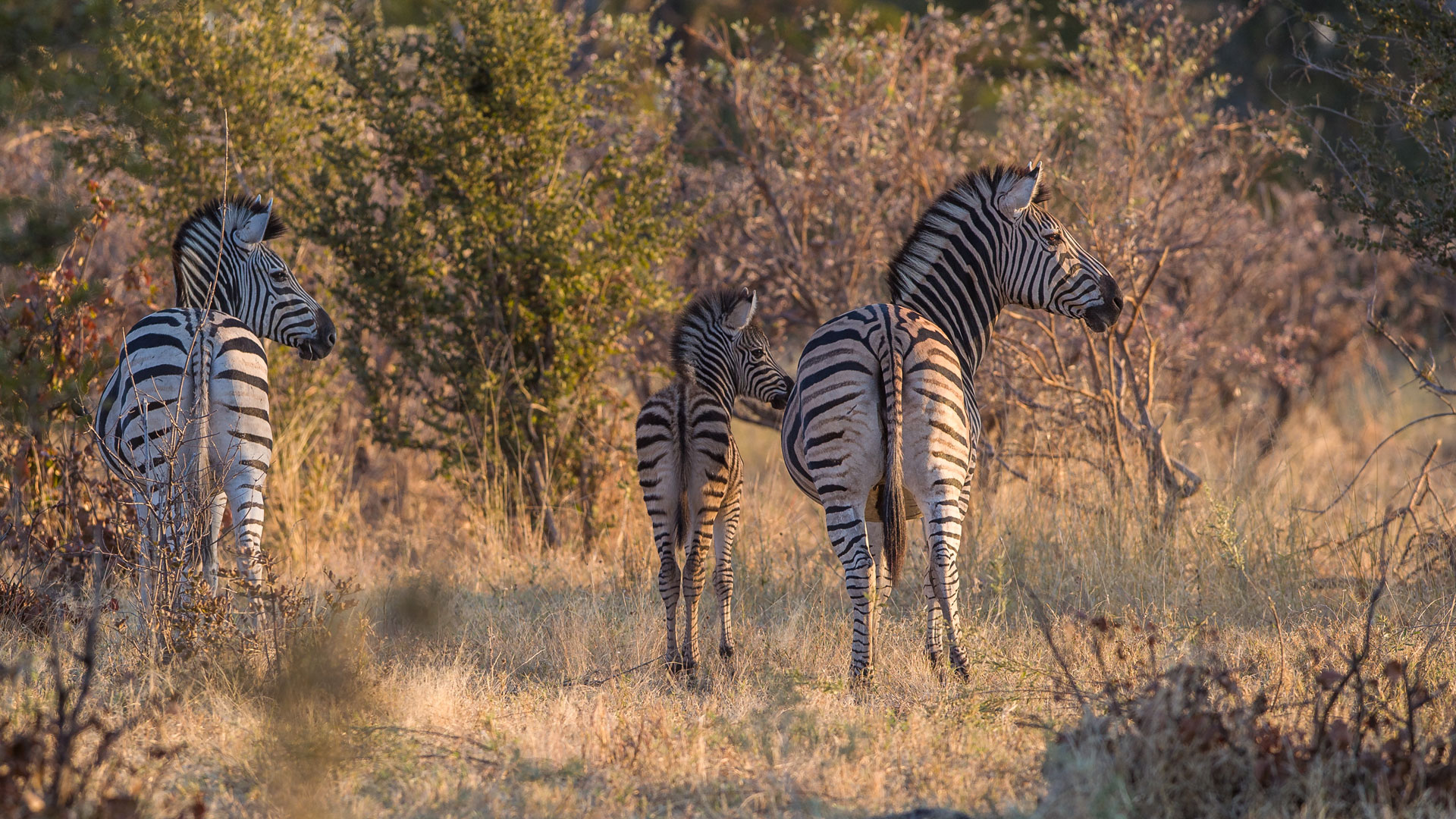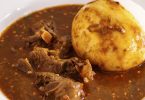Nxai Pan National Park in Botswana crowns your safari into the wild with the sense of real experience in a Southern African jungle.
Together with Makgadikgadi Pan, they are the largest salt pans in the world with some of the best wildlife and bird sights coupled with spectacular scenic views of this vast national park.
Although it is an all-year-round park, the best time to visit it is between late November to April when rainfall hits the ground and the once arid wasteland transforms into a green haven as grass covers the salty pans. This is the time wild animals in abundance gather around the waterholes.
During this season, zebra, gemsbok, elands and other wild animals breed here. A large number of lions, giraffes, kudus, impalas, ostriches, jackals, springboks, bat-eared foxes and cheetahs give a show at the park just when the grass spreads and grows to knee length.
Nxai Pan’s flat topography makes it one of the parks in the continent where you effortlessly watch fast-moving predators like cheetahs take down their prey with military-like precision. The prey, on the other hand, gives a leap of a lifetime in escaping the jaws of their predators.

Zebras at Nxai Pan National Park [Photo by andBeyond]
The dry season takes all game activity to Nxai Pan’s waterhole where regular sights of lions and leopards quenching their thirst are common. Interestingly though, the world’s second-largest zebra migration – about 25,000 zebra – cross from the south of the Okavango Delta to Makgadikgadi and then to Nxai Pan, a distance of around 600 km which explains why Nxai Pan is a prolific breeding ground for zebra between November and December.
Safaris across this vast salty park are done on four-wheel vehicles due to the harsh nature of the park’s terrain but quad biking into sections of the pan is allowed under guidance from experienced guides.
Read more:
The Beauty Of Travelling To Botswana In February
A tour to Southern Africa, Chobe National Park in Botswana
#SeeAfricaToday








